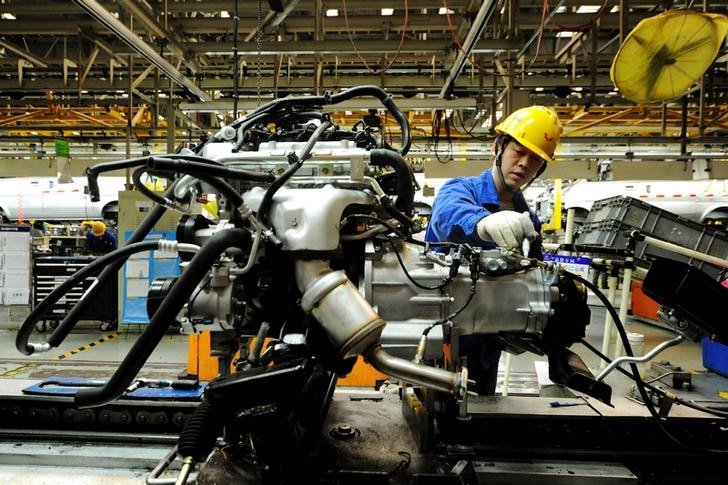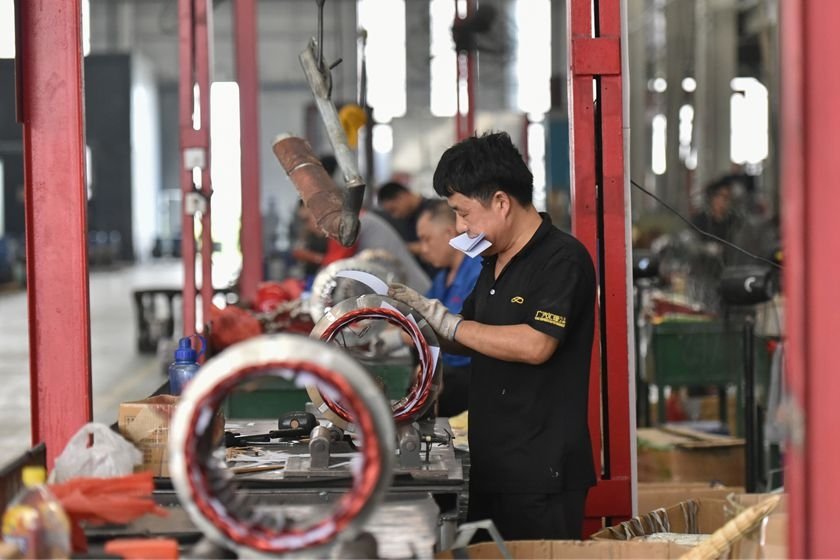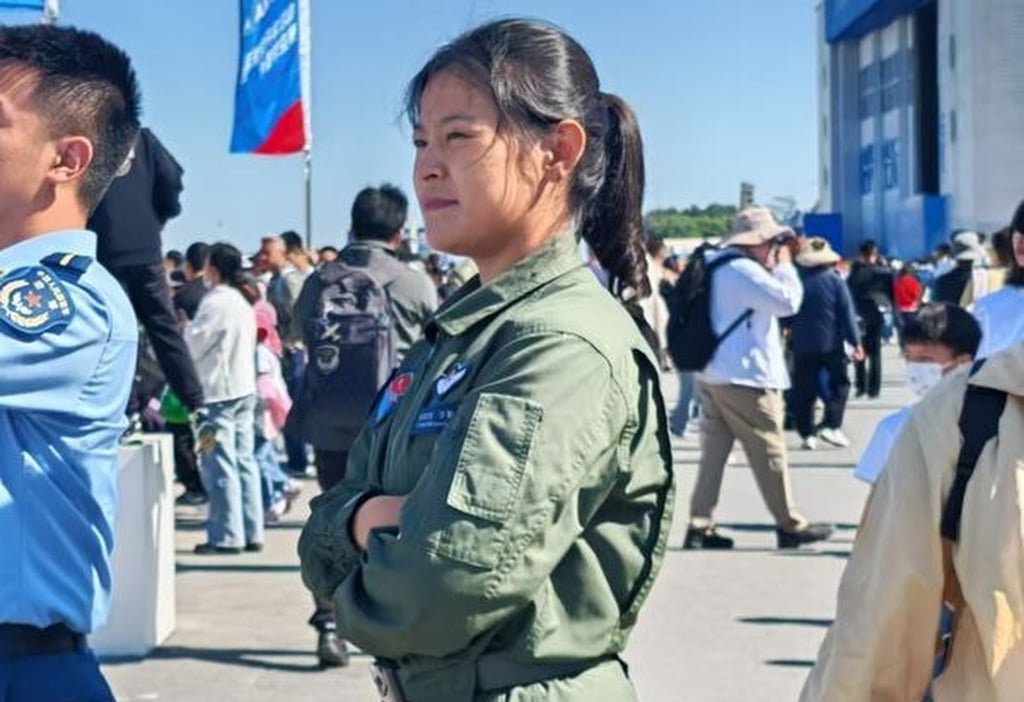A combine harvester during a soybean harvest outside St. Peter, Minn. (Ben Brewer/Bloomberg)
Key Takeaways:
- President Donald Trump said he will press Chinese President Xi Jinping to resume U.S. soybean purchases when they meet in South Korea at the end of October.
- China has avoided U.S. soybeans amid tariffs, turning instead to Brazil and Argentina, leaving American farmers with shrinking profits, rising costs and unsold crops.
- The Trump administration plans to announce $2 billion in emergency farm aid Oct. 7, but payments may be delayed by the government shutdown and partisan disputes.
[Stay on top of transportation news: Get TTNews in your inbox.]
U.S. President Donald Trump’s vow to press his Chinese counterpart Xi Jinping to resume soybean purchases can’t come soon enough for farmers grappling with the loss of their biggest customer.
Trump said Oct. 1 he plans to raise the issue when he meets Xi in South Korea at the end of October. But the clock is already ticking for U.S. soybean growers, with the harvest already under way.
“We are real hopeful, but we want to see some results to the trade deal,” Missouri farmer Marty Richardson said in an interview. The need for an agreement has grown urgent as farmers face both low crop prices and high input costs, he added. “You know you can deal with one of those, but when you’ve got both of them against you, you’re in trouble.”
China, which buys roughly 60% of global soybean exports, has yet to purchase a single U.S. cargo from the current harvest. Instead, it has relied heavily on supplies from Argentina and Brazil as retaliation for Trump’s tariffs. Without a trade deal, growers from Ohio to Nebraska face the gloomy prospect of overflowing storage bins — and sinking prices. As of earlier this week, they already had harvested roughly one-fifth of a crop that’s forecast to top 117 million metric tons.
The Trump administration has also been dangling the prospect of financial aid to stricken farmers. Treasury Secretary Scott Bessent said Oct. 2 that an announcement on that will come Oct 7. But farmers like Richardson would rather see a deal with China.
“Farmers out here are not wanting a handout,” Richardson said, adding producers “would just as soon get their check from a local elevator rather than from the government.”
Trump’s latest comment on China helped lift soybean prices. Benchmark futures traded near $10.20 per bushel on Oct. 2, after dipping below $10 the day before. Still, the market remains depressed due to ample global supplies and a cloudy demand outlook. The oilseed used in animal feed and biofuel suffered their steepest two-year slide in nearly a decade in 2023–24 and have been mostly flat since.
The stakes have rarely been higher for U.S. farm families and the Republican officeholders they tend to support. Without a deal with China, American soybean growers may face “significant losses, adding even more financial stress to crop farms,” according to Joana Colussi and Michael Langemeier, researchers at Purdue University’s Center for Commercial Agriculture.
“Rising input expenses, such as fertilizer, chemicals, and seed, combined with declining domestic prices, are already shrinking profits” for farmers, they wrote. “Moreover, many producers may be forced to store their harvested soybeans rather than sell at steep losses, impacting the entire supply chain – from grain elevators and processors to the rail network that moves the crop across the country.”
Harvested soybeans are dropped into a grain elevator for storage during a harvest. (Ben Brewer/Bloomberg)
What’s more, Brazil has capitalized on Trump’s trade war with China to cement its dominance in the global soybean market. Growers in the South American nation are expected to further expand plantings this season, paving the way for another record harvest in early 2026.
“We strongly urge President Trump to quickly negotiate a resolution to this trade conflict that ensures China will remove its retaliatory tariffs on U.S. soybean exports — before we permanently lose additional market share,” said Caleb Ragland, a Kentucky farmer who heads the American Soybean Association.
China’s reluctance to buy soybeans so far signals Beijing has the patience and capacity to wait — and highlights how the commodity has become a bargaining chip in broader trade talks. Crushers, pig farmers and feed producers have built up higher-than-usual inventories, and the country’s reserves provide an additional buffer. That pushes any urgency to scoop up US supplies to at least the first quarter of 2026, Bloomberg reported last month.
For U.S. farmers, the best they may be able to hope for in the short term is government assistance to see them through tractor-loan payments and other high-dollar obligations. Trump reiterated the U.S.’s plan to use tariff revenue to fund farmer aid.
“We’ve made so much money on Tariffs, that we are going to take a small portion of that money, and help our Farmers. I WILL NEVER LET OUR FARMERS DOWN!” Trump posted.
U.S. Agriculture Secretary Brooke Rollins last week said $2 billion from an existing emergency-assistance program for growers would soon be disbursed. Still, the payments could be delayed by the funding stalemate between Democrats and Republicans that triggered the government shutdown.
“The Democrats are blocking billions in disaster relief payments from reaching farmers – relief they voted for,” the USDA said by email in response to questions. “Senate Democrats shut down the government on the eve of one of the worst farm economies.”
Iowa farmer Bruce Lantzky doesn’t like the idea of relying on government aid, but if all else fails, he’ll take it.
“We’re obviously not going to turn anything down,” he said in an interview. “If we can make it work without it, great.”
Want more news? Listen to today’s daily briefing below or go here for more info:







